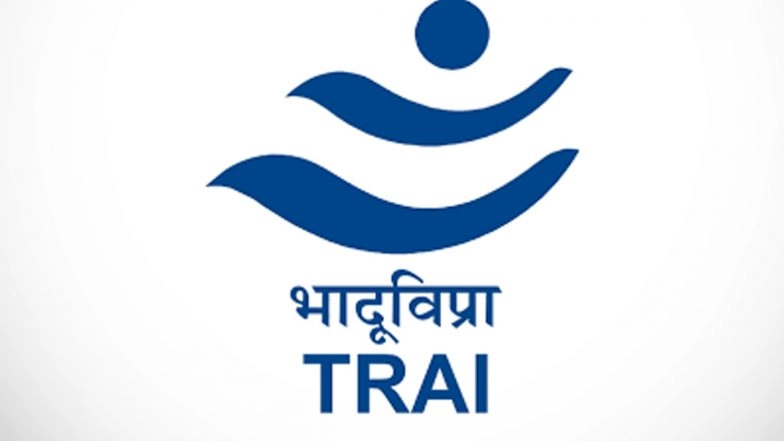TRAI’s CNAP: Verified Caller Names Coming to All Indian Mobile Networks
The Telecom Regulatory Authority of India (TRAI) has launched a major new initiative called Calling Name Presentation (CNAP) that will display verified caller names directly on your phone screen. This network-level feature aims to combat spam and fraud by replacing unreliable third-party apps with authenticated data from telecom operators.
Key Takeaways
- CNAP will show registered caller names from SIM registration data
- Feature will be enabled by default across all mobile networks
- Users can opt-out by contacting their telecom provider
- Eliminates dependence on apps like Truecaller
What is the CNAP Feature?
CNAP enables mobile subscribers to see the caller’s registered name, sourced directly from the information provided during SIM card registration. Unlike third-party apps that use crowdsourced data, CNAP relies on authentic subscriber records maintained by Telecom Service Providers (TSPs). This allows recipients to make informed decisions before answering calls, significantly reducing exposure to fraudulent or spam calls.
How Will CNAP Work?
Technically, CNAP operates through a CNAM database maintained by telecom providers, mapping every phone number to its corresponding subscriber name. When you receive an incoming call, your network queries this database before the phone rings, fetching the verified name of the caller. This ensures the displayed identity comes from official telecom records rather than unverified sources.
Implementation Status and Challenges
Initial CNAP trials were conducted by the Department of Telecommunications (DoT) in select cities. While designed for both traditional and modern networks, software limitations initially restricted testing to 4G and 5G environments. Despite these technical hurdles, TRAI considers CNAP a critical advancement toward safer, more transparent communication in India.
By providing verified caller identification at the network level, CNAP represents a significant step toward curbing unsolicited calls and reinforcing trust in India’s digital communication ecosystem.




